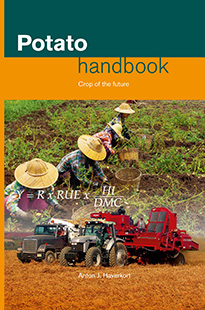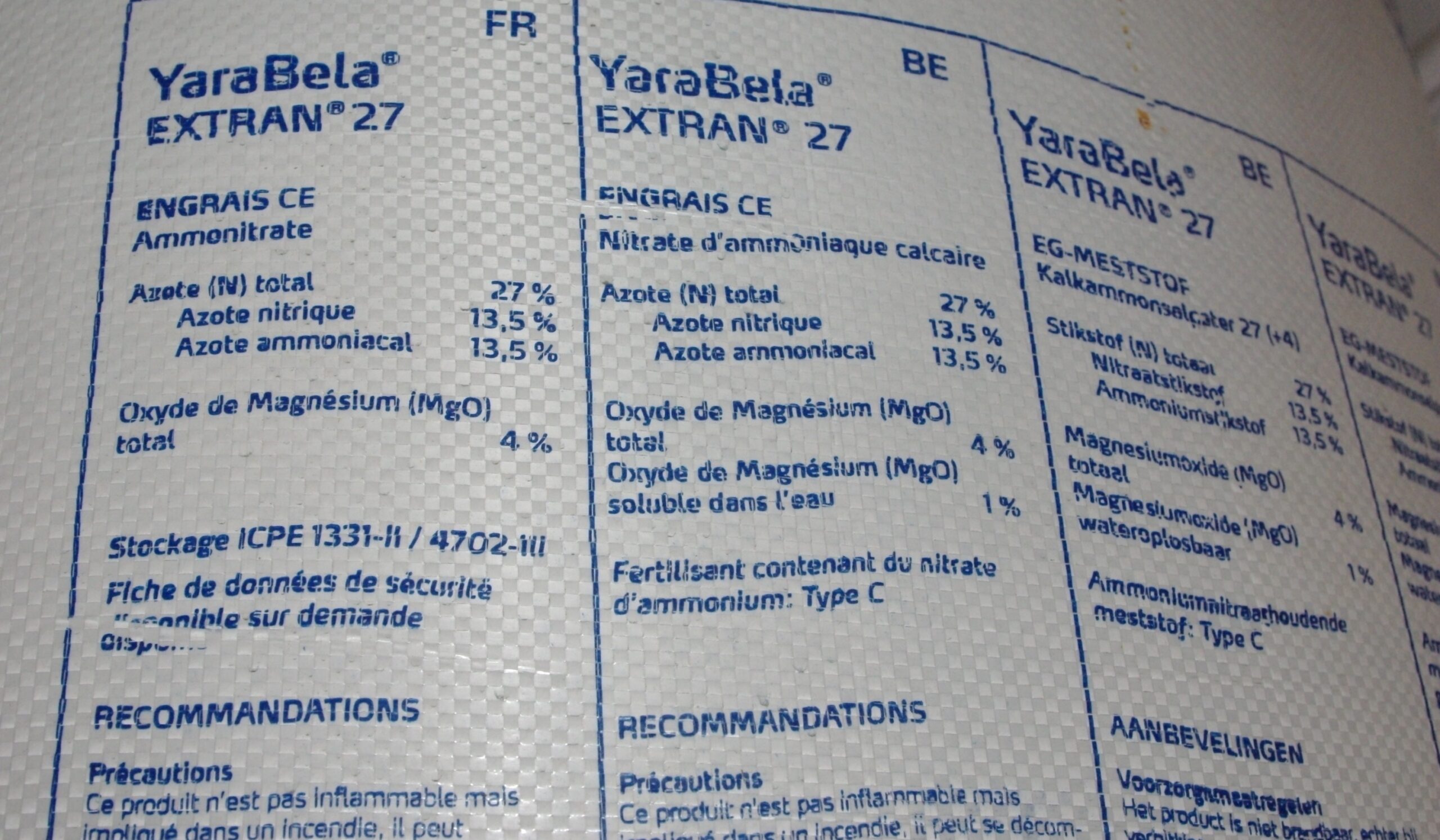Already a subscriber? Activate your premium account

Potato Handbook

The knowledge that crops need nutrients (not just organic soil amendments) and the invention and application of fertilizers started with the invention of chemical fertilizers by the German chemist Justus von Liebig the mid-19th century.
Fertilizers provided by nature as manure or compost or synthetically produced in a factory are applied to potato plants to supply them with nutrients. Application is through the soil and uptake by roots and less frequent through the leaves. Besides nutrient supply, some soil amendments, especially organic manure and compost, also modify soil properties such as its acidity (pH), relevant for lime, its aeration and its water retention.
Macro-nutrients
The three macro-nutrients are nitrogen (N) for leaf growth photosynthesis through chlorophyll formation, phosphorus (P, expressed as P2O5 in fertilizers), which enhances root growth and tuber development and potassium (K, expressed as K2O), which influences water flow, tuber set and plays a role in making the crop somewhat less susceptible to night frost. These three most essential nutrients are all present in regular fertilization schemes. The nitrogen in ammonium (subsequently used to make urea and ammonium-nitrate) is made from a fossil carbon fuel source: methane CH4 in the Haber-Bosch process. Phosphorous fertilizers (e.g. triple-super phosphate) are produced from rock phosphate. Potassium is mined, purified and sold as potassium chloride (muriate of potash, KCl) or potassium sulfate (K2SO4). Fertilizers are available in many forms and combinations with the percentage of the nutrient always indicated. Compost, manure and slurry fertilizers of farm origin vary widely in their N, P and K concentrations. The concentrations are lower when more litter (straw or saw dust) and water has been added.
Events
©2015 - 2024 Potatoworld | Webdesign and realisation COMMPRO